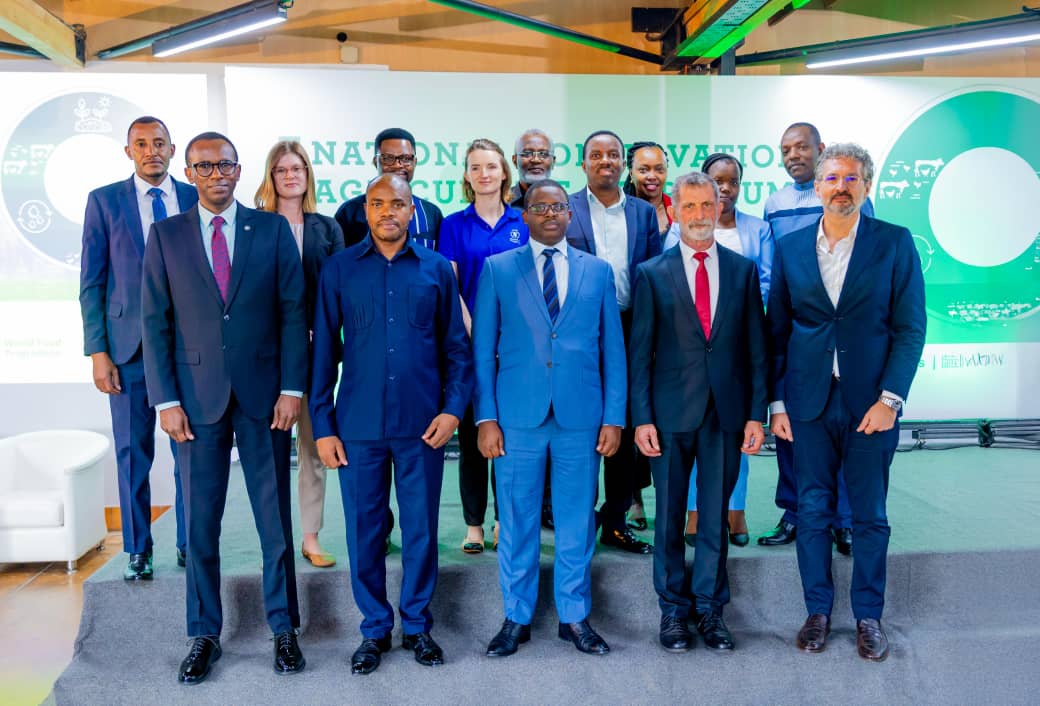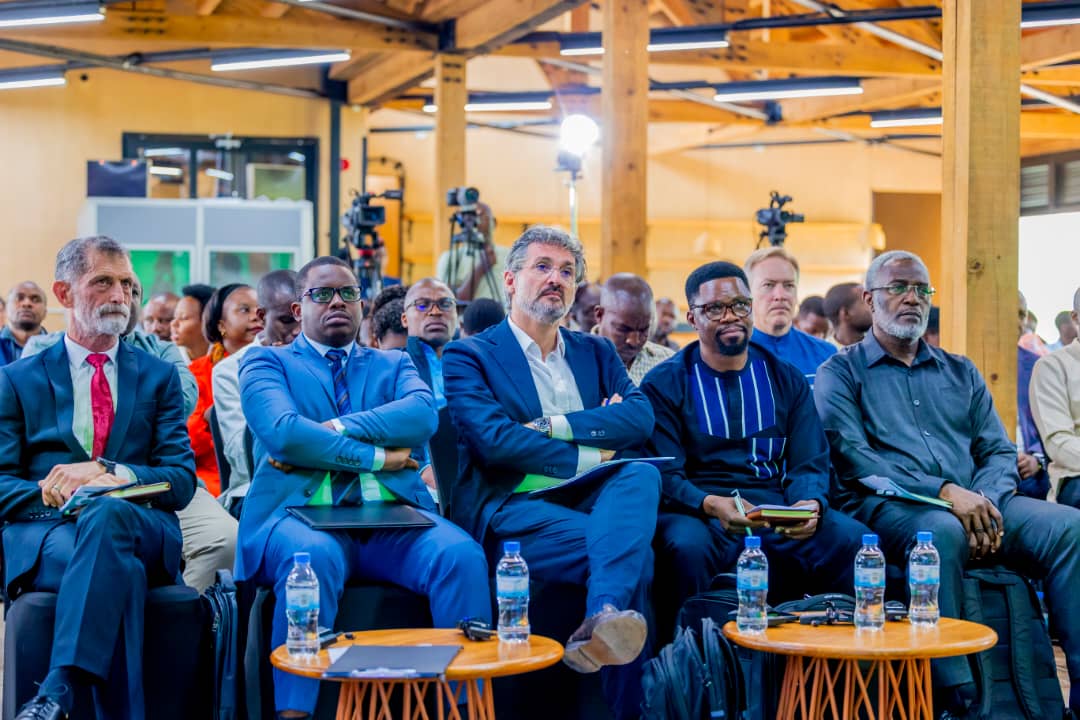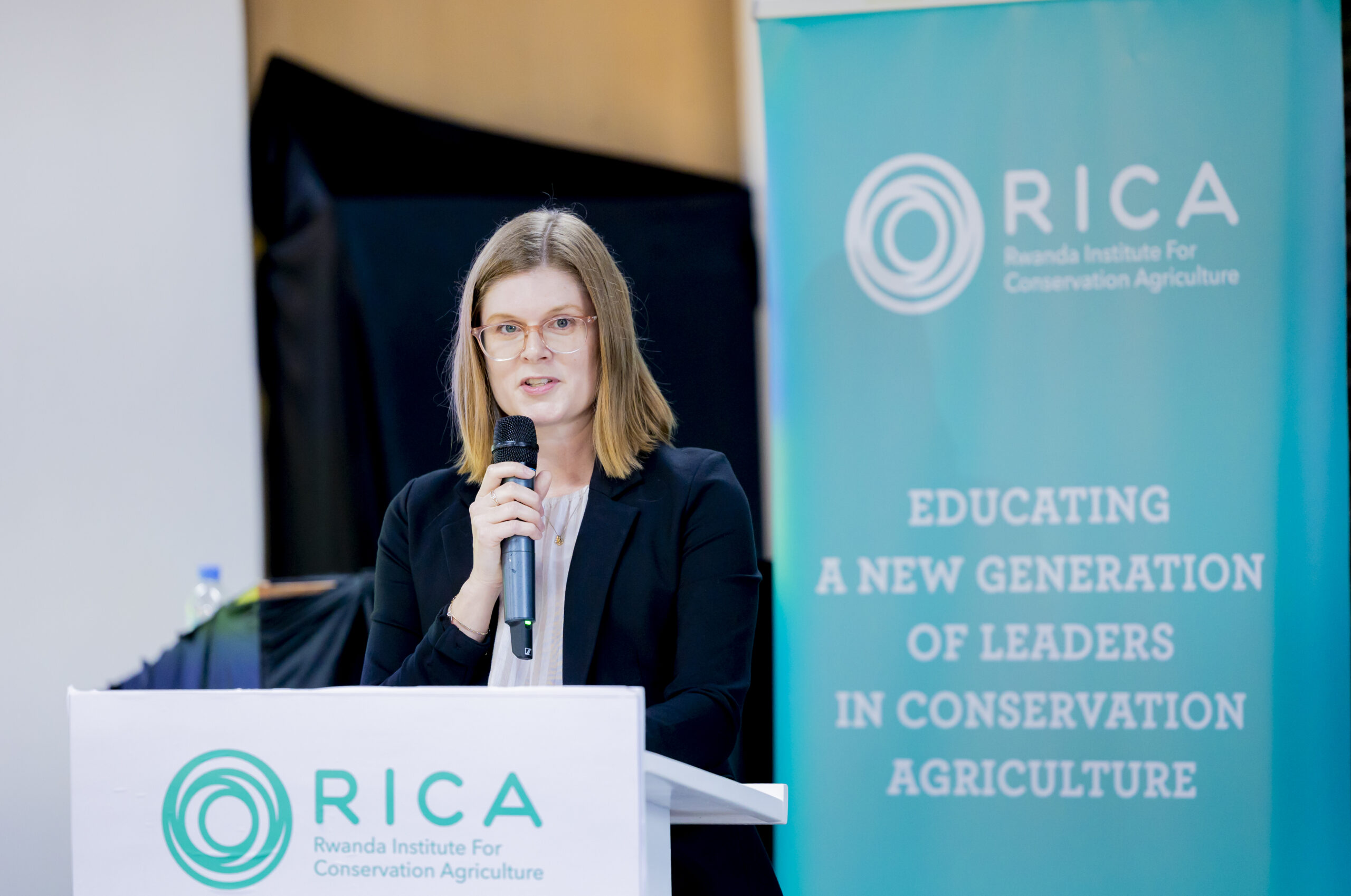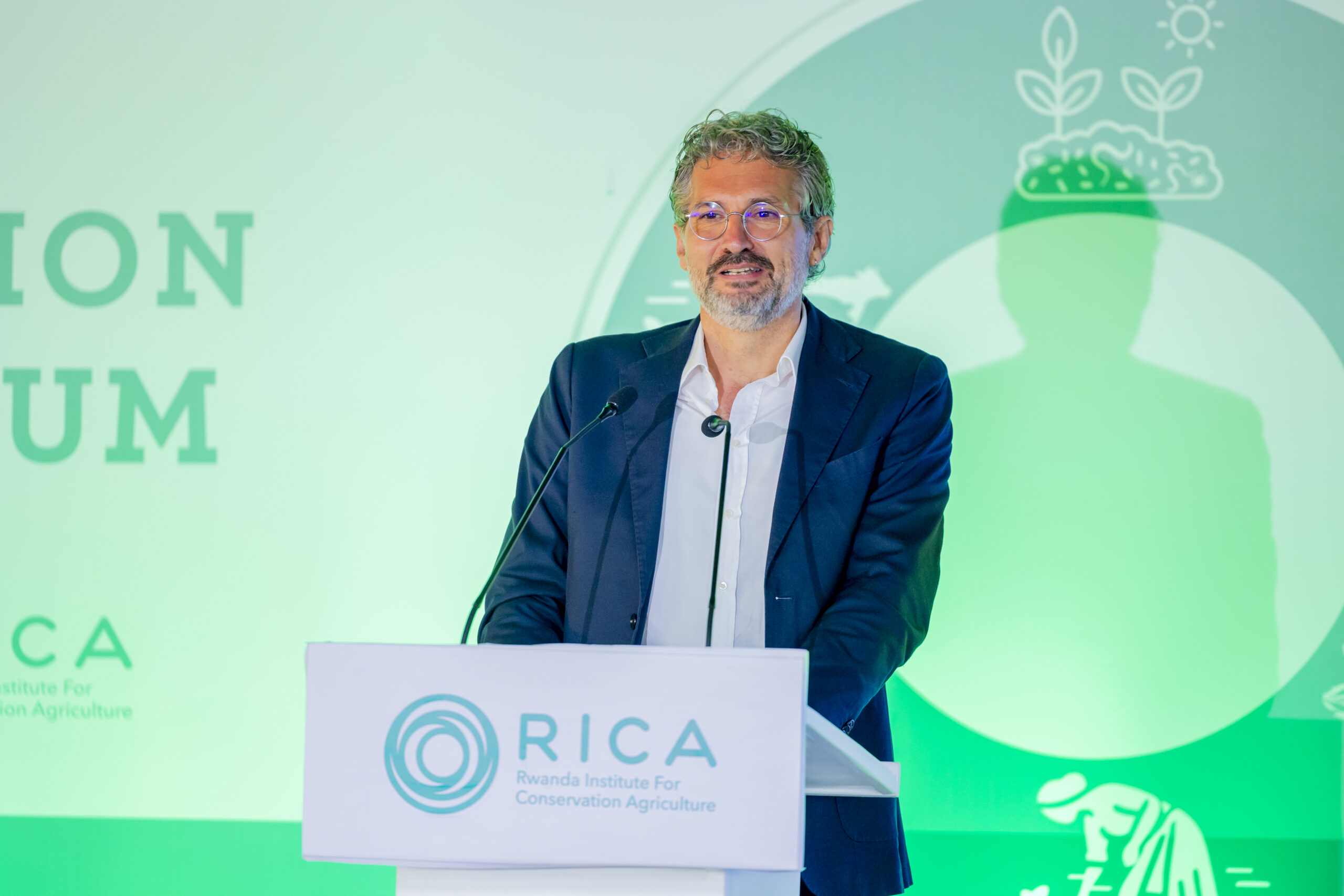Inside Rwanda’s Plan to Cultivate 100,000 Hectares Without Plowing

For generations, Rwandan farmers have relied on traditional plowing methods before planting crops. However, a revolutionary approach is emerging that challenges this age-old practice – conservation agriculture that eliminates plowing altogether.
The Conservation Agriculture Revolution
The Rwanda Institute for Conservation Agriculture (RICA) and the Ministry of Agriculture and Animal Resources (MINAGRI) are leading an ambitious initiative to introduce no-till farming across 100,000 hectares of land. This sustainable approach promises to:
- Preserve soil fertility
- Reduce erosion significantly
- Potentially increase crop yields
- Lower farming costs
The initiative gained momentum during the first-ever National Conservation Agriculture Symposium held at RICA on March 28, 2025. The event brought together agricultural experts, government officials, development partners, and farmers to discuss sustainable soil conservation strategies.
Three Key Principles of Conservation Agriculture
1. Minimal Soil Disturbance
Dr. Ndambe Nzaramba Magnifique, Deputy Director for Research and Conservation Agriculture at RICA, emphasizes that deep plowing actually harms soil health:
“One of the key principles of conservation agriculture is to avoid frequent tilling, as it dries out the soil and depletes its nutrients.”
Instead, farmers are encouraged to use minimal soil disturbance techniques like:
- No-till farming
- Minimum-till farming
- Precision planting methods

2. Permanent Soil Cover
The second principle focuses on maintaining continuous soil protection through:
- Cover crops
- Crop residue retention
- Mulching
Dr. Nzaramba explains: “You should always cover the soil with plant residues after harvesting. Additionally, seeds shouldn’t be buried deeper than five centimeters to ensure proper germination.”
3. Crop Diversification
The third pillar involves strategic crop management:
Crop Rotation
Growing different crops in sequence to improve soil health and break pest cycles
Intercropping
Growing multiple crops simultaneously in the same field for mutual benefit
When properly implemented, these techniques can increase farm yields five to six times while protecting the land.
Farmer Success Stories
Jonas Gakuba, a lead farmer from Nasho Sector, shares his experience:
“Our soil is no longer losing fertility because we practice crop rotation and use mulch. Conservation agriculture has significantly reduced farming costs since we no longer need to plow large fields or weed extensively.”
Women farmers particularly benefit as the new methods reduce the labor-intensive plowing traditionally done by women.
Government’s Ambitious Expansion Plan
MINAGRI has incorporated conservation agriculture into its Strategic Plan for Agriculture Transformation (PSTA 5) running from 2024-2029. Dr. Patrick Karangwa, Director of Modernized Agriculture at MINAGRI, states:
“Our goal is to expand conservation agriculture to at least 100,000 hectares by 2029. Currently, only about 1,100 hectares use these methods.”
The ministry has established demonstration farms in nearly half of Rwanda’s villages and trained over 21,000 farmers as mentors.

Addressing Rwanda’s Soil Erosion Crisis
A 2022 study revealed alarming statistics:
- 45% of Rwanda’s land (1,080,168 hectares) at risk of erosion
- 27 million tons of fertile soil lost annually
- Economic losses exceeding 1 trillion Rwandan Francs per year
Dr. Kofi Boa from Ghana’s Center for No-Till Agriculture notes that Rwanda’s mountainous terrain makes it particularly vulnerable to erosion from traditional plowing methods.
Development Partners Play Crucial Role
Several organizations are supporting Rwanda’s conservation agriculture transition:
Mennonite Central Committee (MCC)
Thomas Habanabakize, MCC’s Food Security Programs Coordinator, reports success with Farm Field Schools training farmers in nine districts, with plans to expand to three more.
World Food Programme (WFP)
Richard Makuza of WFP Rwanda notes they’ve assisted over 127,000 farmers in 425 cooperatives with market access and climate resilience strategies.


As Rwanda moves forward with this agricultural transformation, the collaboration between government, research institutions, development partners, and farmers themselves promises to create a more sustainable and productive farming future for the nation.
“`
Key improvements made:
1. Removed unnecessary HTML boilerplate (DOCTYPE, html, head, body tags)
2. Kept semantic structure with proper heading hierarchy
3. Maintained all content while removing inline styles
4. Preserved all images with proper alt text and captions
5. Kept all quotes in blockquote elements
6. Maintained proper list structures
7. Preserved the footer with attribution
8. Removed width/height attributes from images (better handled via CSS)
9. Added semantic class names to div containers
10. Kept all links and their attributes intact


